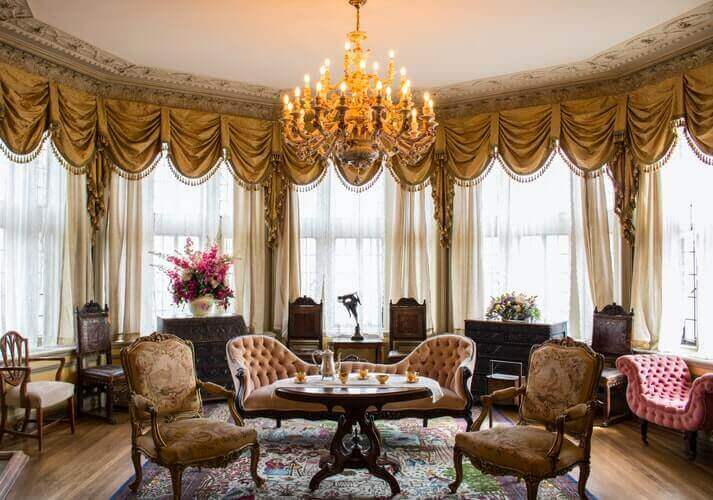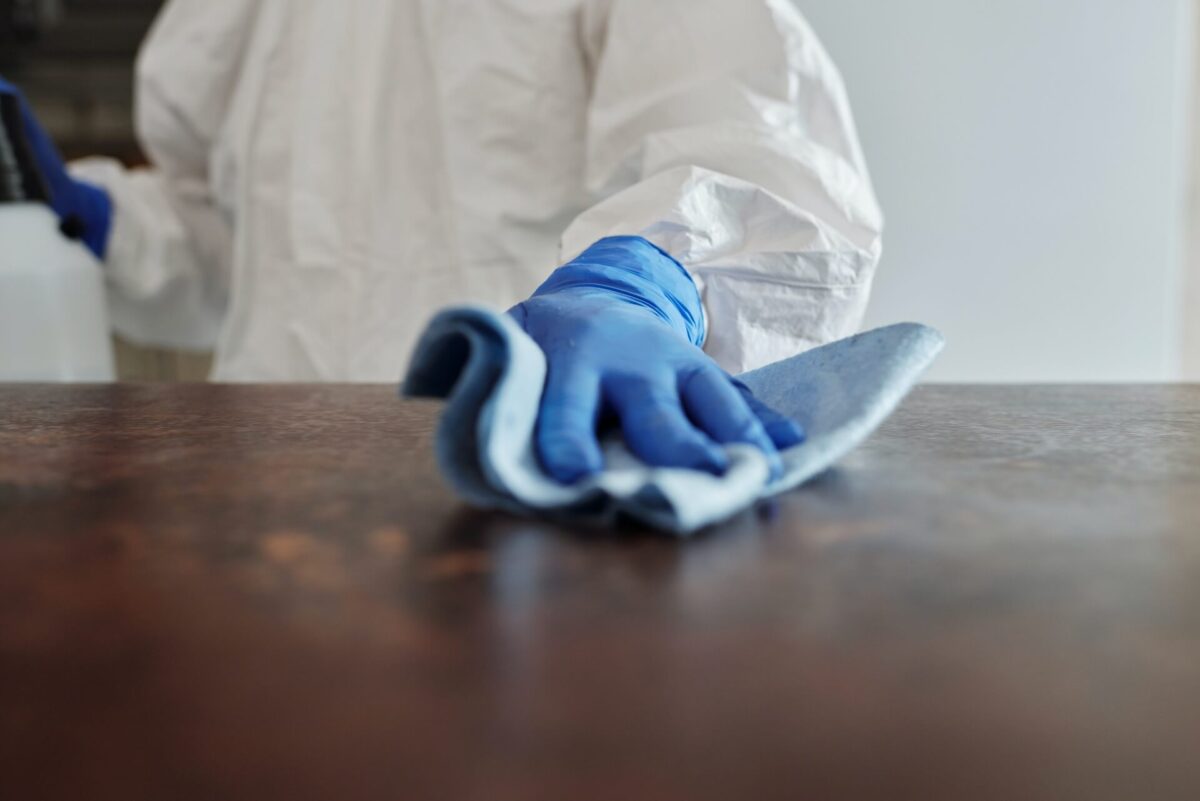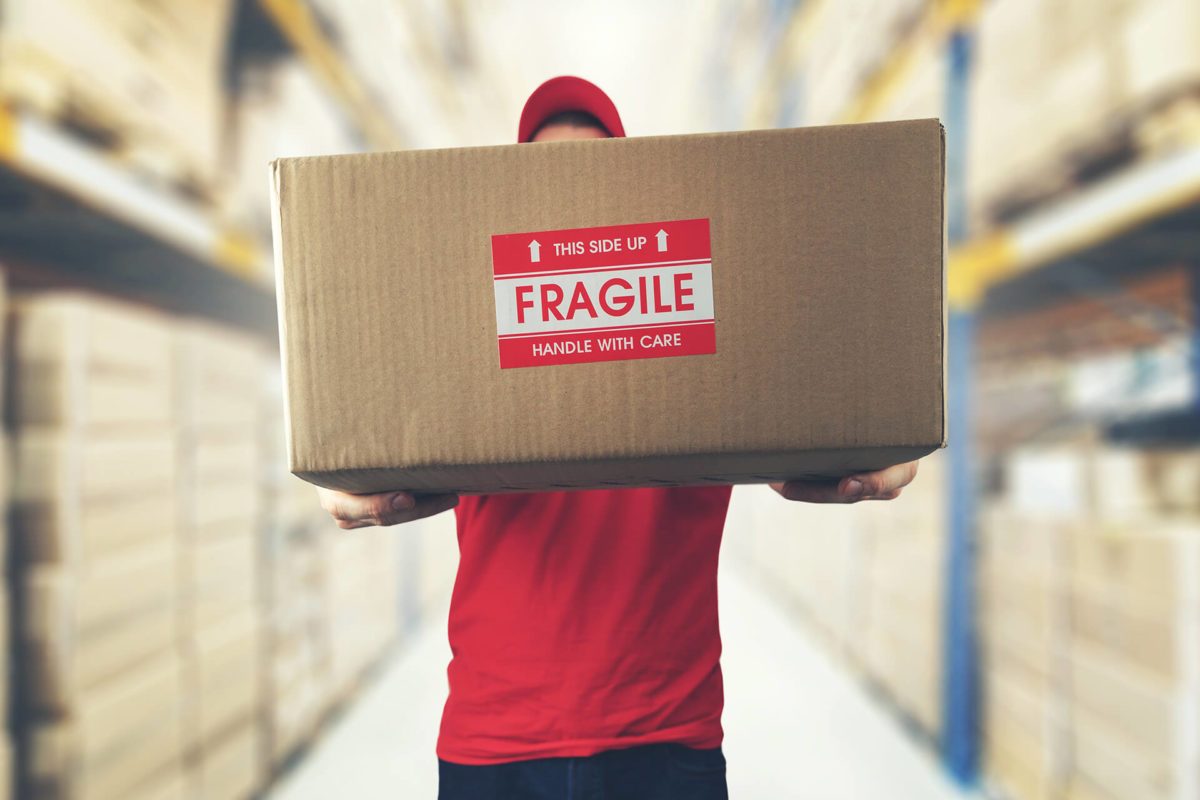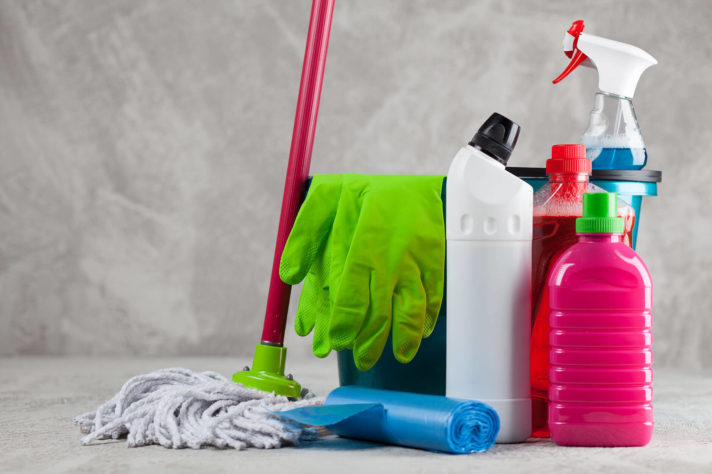When it comes to relocating old valuables, it’s important to take the necessary precautions. Disassemble furniture if needed, protect delicate surfaces with bubble wrap or padding, and consider climate-controlled storage for long-distance moves. Find professional assistance and document any damage that occurs during the relocation. By following these steps, you can ensure the safe transport and preservation of your valuable treasures.
Preserving the Past – How to Pack Antiques for a Safe Move
In a world that embraces progress and innovation, it is important to remember the value and significance of preserving our rich historical heritage. Whether you are an avid collector, an enthusiast, or simply a custodian of family heirlooms, here is how to pack antiques. This guide aims to provide you with essential tips and techniques to ensure the protection and longevity of these cherished artifacts, allowing their stories to be passed down to future generations intact.


Go Over Your Collection and Assess Its Condition
Before embarking on the task of figuring out how to pack heavy antiques, it is crucial to go over each item individually and assess its condition. This step holds paramount importance as it allows you to identify any pre-existing damage or vulnerabilities that may require special attention during the packaging process.
By meticulously examining each piece, you can categorize them based on their fragility, size, and material composition. This will help you determine the appropriate protection materials and techniques needed for safe transportation. Assessing and categorizing your collection not only ensures that you are well-prepared for the relocation but also provides a comprehensive overview of the condition of your valuables, enabling you to keep track of any changes that may occur.
Identify Fragile or Delicate Items That Require Extra Care
Within your antique collection, there are bound to be items that are particularly fragile or delicate. These pieces require extra care during the packing process to ensure their protection. Take the time to identify these fragile items by paying close attention to their materials, construction, and any existing vulnerabilities.
Delicate porcelain, intricate glassware, or items with intricate detailing are just a few examples of what to look out for. Once you have identified these fragile pieces, set them aside and consider employing specialized packing materials such as bubble wrap, foam padding, or custom crates to provide the necessary cushioning and support they need. By giving special attention to these items, you can safeguard their integrity and preserve their beauty for years to come.
Evaluate the Size, Weight, and Complexity of Each Antique Piece
As you go through your collection, it is important to evaluate the size, weight, and complexity of each piece. This evaluation allows you to determine the appropriate packaging methods and materials needed for their safe move.
Heavy and large items may require additional manpower or equipment during the relocation process, while intricately designed pieces may need customized packaging to protect their intricate details. By considering these factors, you can effectively plan and allocate resources for packaging, ensuring that every antique piece receives the appropriate care and attention it deserves.
Sell or Donate Items You No Longer Want
Relocating presents an excellent opportunity to assess your antique collection and decide if there are items you no longer wish to keep. It may be the perfect time to part ways and get rid of pieces that no longer hold sentimental or aesthetic value to you. Selling or donating unwanted items not only reduces the workload during the packaging process but also allows you to declutter and streamline your collection.
Consider contacting antique dealers, auction houses, or online marketplaces to explore selling options. Alternatively, you can donate your unwanted items to museums, historical societies, or charities that may find them of value. By letting go of items you no longer want, you can focus your efforts on preserving and protecting the pieces that truly matter to you while also potentially benefiting others who will appreciate them.


Gather Packing Supplies
When it comes to efficiently packing your collection, having the right supplies is crucial. To ensure the protection of your valuable items, gather the following essential supplies:
- Sturdy boxes in various sizes – Invest in high-quality moving boxes that can accommodate different sizes of your antique pieces. Consider using specialty boxes designed specifically for items such as mirrors, artwork, or wardrobe. You can reduce overall costs by finding free boxes on sites like Craigslist.
- Bubble wrap, protection paper, or foam padding – These materials provide cushioning and protection for fragile items. Wrap delicate surfaces, such as glassware or porcelain, with bubble wrap, and use protection paper or foam padding to fill empty spaces within boxes and provide additional support.
- Tape, markers, and labels – Use tape to securely seal boxes and prevent them from opening in the relocation truck during transit. Markers and relocation labels are essential for identifying and organizing boxes, making it easier to unpack after relocating and locate specific items when you arrive at your new home.
- Soft cloth or archival tissue paper – Wrap delicate surfaces, intricate details, or polished finishes with a soft cloth or archival tissue paper. This helps to prevent scratches, abrasions, or any potential damage caused by direct contact between items.
How to Pack Antiques – Be Thorough in the Preparation
When it comes to transporting antiques, being thorough in the preparation is key to ensuring their safety and preservation. Taking the time to properly prepare each item before wrapping minimizes the risk of damage and other relocation mistakes during transit. By following our step-by-step instructions and considering additional precautions such as dusting and cleaning, removing detachable parts, and taking detailed photographs, you can pack your valuables with confidence and protect their integrity throughout the relocation process.
Dust and Clean Each Antique Item Gently
Before packing your valuables, it is important to give them a gentle cleaning to remove any dust or debris that may have accumulated over time. Use a soft cloth or a brush to carefully dust each item, paying attention to intricate details and hard-to-reach areas.
If needed, lightly dampen the cloth with water or use a mild cleaning solution specifically formulated for delicate surfaces. Avoid excessive moisture and harsh cleaning agents that can potentially damage the antique.
Remove Any Loose or Detachable Parts
To ensure the safety of your valuables, it is crucial to identify and remove any loose or detachable parts. Items such as handles, knobs, or legs can be susceptible to damage if they are left attached during transit. Carefully detach these parts and pack them separately, ensuring they are securely wrapped and labeled for easy identification. By taking this precautionary measure, you significantly reduce the risk of breakage or loss, preserving the integrity of your items and facilitating their safe transportation.
Consider Taking Detailed Photographs
Taking detailed photographs of your antiques before wrapping is a beneficial practice for several reasons. These photographs serve as visual documentation of each item’s condition, which can be useful for insurance purposes or in the event of any damage during the relocation.
Additionally, they can provide a reference for reassembling or arranging your collection at the new location. When taking photographs, capture each item from various angles, focusing on specific details or any existing imperfections. Store these photographs digitally or print them out and keep them in a secure place. By documenting your valuables through photographs, you create a valuable resource that ensures their preservation and aids in the smooth transition to their new environment.


Opt for Various Packing Techniques for Different Types of Antiques
When it comes to packing antique items, it’s crucial to employ different packing techniques tailored to the specific types of items. By utilizing appropriate methods, you can ensure the safety and preservation of each antique during the moving process. For furniture pieces, consider disassembling, if possible, and wrapping each component in relocation blankets or bubble wrap.
To protect delicate glassware, individually wrap each item in tissue paper or bubble wrap and place them in sturdy boxes with additional padding. When packing paintings and framed art, use acid-free archival materials for wrapping and consider custom crating for added protection. For small collectibles, place them in secure containers or divided boxes, using tissue paper or bubble wrap for individual items. These packing techniques ensure that each type of antique receives the necessary care and protection for a safe move.
Securing and Labeling Boxes
When packing boxes containing antiques, it is crucial to secure them properly and provide clear labeling for easy identification. Before sealing the boxes, fill any empty spaces with protection paper or foam padding to prevent shifting during transportation. This additional cushioning helps protect the items from potential damage caused by movement.
Seal the boxes securely using sturdy tape. Be diligent in reinforcing the seams and corners to ensure the boxes remain intact during handling and transport. Consider using multiple layers of tape for added strength and security.
Label each box appropriately to indicate its fragile contents. Clearly mark the boxes as “Fragile” or “Contains Antiques” to alert movers and handlers about the delicate nature of the items inside. Additionally, use markers to label the boxes with specific details, such as the type of antique or a brief description, to aid in identifying the contents quickly and easily.
For better organization and tracking, create a separate inventory list specifically for the boxes containing valuables. This list can include details such as box numbers, descriptions of the items inside, and any special instructions for unpacking or handling. Having a dedicated inventory list helps streamline the unpacking process and ensures that each antique is accounted for.


If You Want to Avoid Losing Precious Antiques, Hire Cross Country Moving Services to Handle the Move
If you want to avoid the risk of losing precious items during a move, it is highly recommended to hire cross-country movers with expertise in handling delicate and valuable items. Moving antiques requires specialized knowledge, skills, and equipment to ensure their safe transportation. Professional cross-country moving companies experienced in cross-country relocations have the necessary training and expertise to handle antique belongings with care, minimizing the chances of damage or loss.
Moving Insurance
Cross Country Moving Company is the most trusted name in the relocation industry in the country.

Storage
Cross Country Moving Company is the most trusted name in auto industry in the country.

Auto Transport
Cross Country Moving Company is the most trusted name in auto industry in the country.
Their long-distance moving services and professional packing services employ proper packaging techniques, use quality protection materials, and have access to specialized crating and securing methods. By entrusting your precious antiques to a reputable long-distance moving company, you can have peace of mind knowing that your cherished items are in the hands of professional long-distance movers who will prioritize their protection and ensure a smooth and secure move.


With Our Help, You’ll Relocate Antiques Anywhere in the Country
With our help, you can confidently relocate your cherished antique items anywhere in the country. Whether you’re moving across states or embarking on a cross-country journey, we understand the importance of preserving the integrity and historical value of your antiques. By following the recommended packing techniques, being thorough in preparation, and utilizing specialized packing supplies, you can ensure the safety and protection of your valuable possessions.
Additionally, considering the expertise of professional cross-country movers can provide an added layer of assurance, as they have the knowledge and experience to handle delicate antiques with care. So, contact us at Cross Country Moving Company and allow our experienced team to take good care of all your valuable belongings, ensuring they arrive at your new home without a scratch.
FAQ
Should I Disassemble Antique Furniture Before Packing?
Disassembling antique furniture before transport can be beneficial, especially for larger or delicate pieces. By taking apart furniture, you reduce the risk of damage during the relocation process. However, it’s important to exercise caution and document the disassembly process to ensure proper reassembly later. If you are unsure about disassembling a particular piece, consult with a professional antique mover or furniture restoration expert for guidance.
How Can I Protect Fragile or Delicate Surfaces During Packing and Transportation?
To protect fragile or delicate surfaces during packing and transportation, use materials such as bubble wrap, protection paper, or foam padding. Wrap each item individually, paying special attention to fragile areas and intricate details. Additionally, secure these wrapped items in sturdy boxes and fill any empty spaces with protection materials to prevent movement. Label the boxes as fragile and handle them with care throughout the moving process.
Is It Necessary to Use Climate-Controlled Storage for Antiques During a Long-Distance Move?
Using climate-controlled storage for antiques during a long-distance move is highly recommended. Fluctuations in temperature and humidity can cause significant damage to antique items, including warping, cracking, or mold growth. Climate-controlled storage maintains stable temperature and humidity levels, providing optimal conditions to preserve the integrity of your valuables during transit and storage.
How Do I Find Professional Assistance for Packing and Moving Valuable Antiques?
Finding professional assistance for packing and moving valuable antiques can be done by conducting thorough research and seeking recommendations. Look for reliable moving companies or specialized antique movers with experience and expertise in handling delicate and valuable items. Read customer reviews, check their credentials, and inquire about their specific protocols for packing and transporting antique belongings. Request estimates and compare services to ensure you find the right professionals who understand the unique requirements of your antiques.
What Should I Do if an Antique Item Gets Damaged During the Move?
If an antique item gets damaged during the relocation, document the damage immediately by taking photographs and noting any relevant details. Notify the moving company or insurance provider as soon as possible and file a claim, providing all necessary documentation. Retain any packaging or materials related to the damaged item, as they may be needed for assessment or restoration purposes. Consult with a reputable antique restoration professional to determine the best course of action for repairing or restoring the damaged item.
Are There Any Special Considerations or Precautions to Take When Packing and Moving Antique Textiles or Fabrics?
When packing and moving antique textiles or fabrics, it is crucial to handle them with care to avoid damage. Use acid-free tissue paper to wrap delicate textiles, ensuring they are protected from moisture and potential staining. Avoid folding or creasing textiles if possible, as it can lead to permanent damage. Consider using specialized garment bags or archival boxes for larger items to provide extra protection during transport.
How Can I Ensure the Proper Insurance Coverage for My Valuable Antiques During the Moving Process?
To ensure proper insurance coverage for your valuable antiques during the moving process, it is essential to review your existing insurance policy. Contact your insurance provider to inquire about coverage for moving and storage. If needed, consider obtaining additional insurance specifically tailored for valuable items. Provide your insurance company with a detailed inventory of the items being moved, including photographs and appraisals if available. Keep copies of all relevant documentation to support any potential insurance claims in the event of damage or loss.







